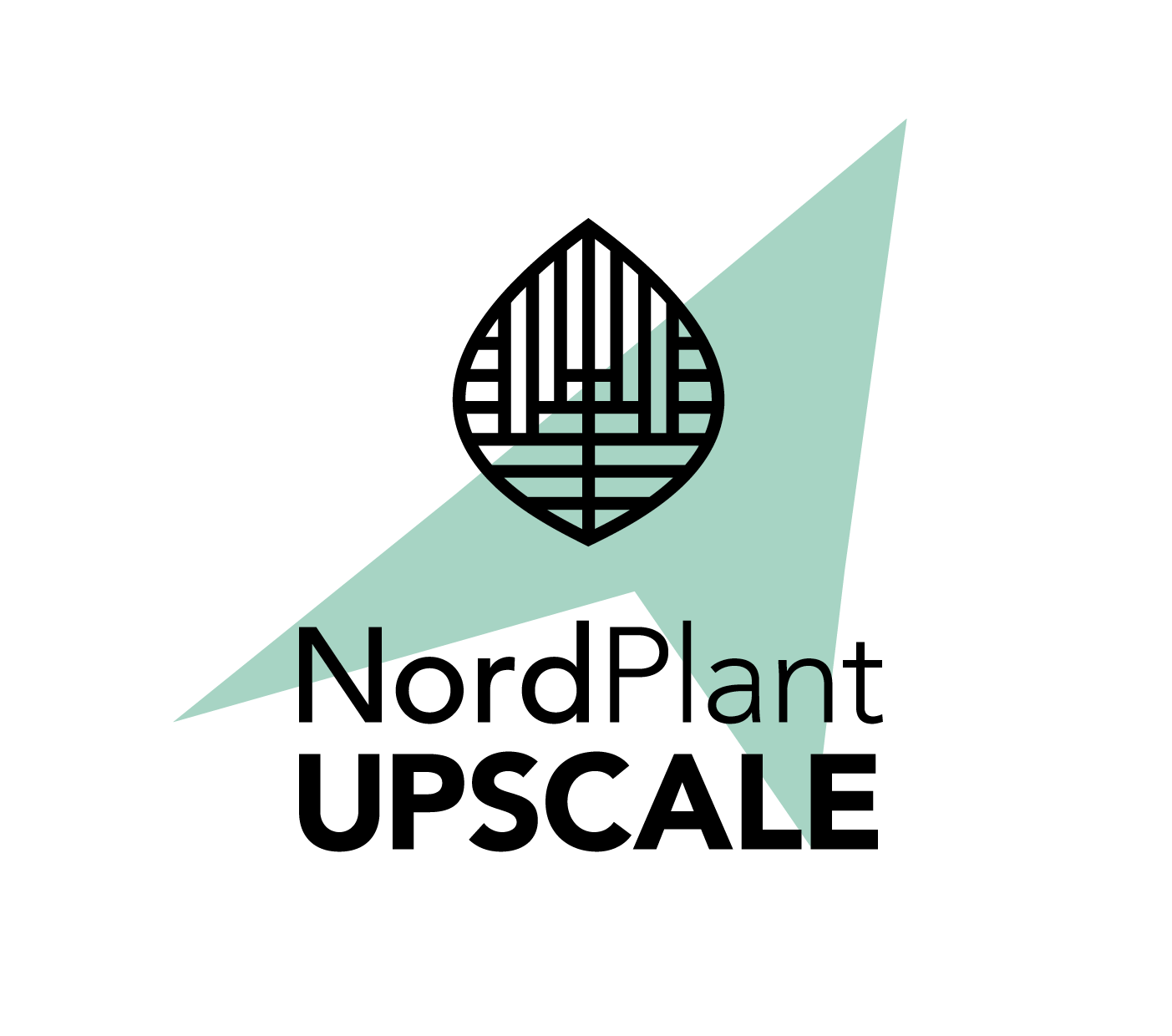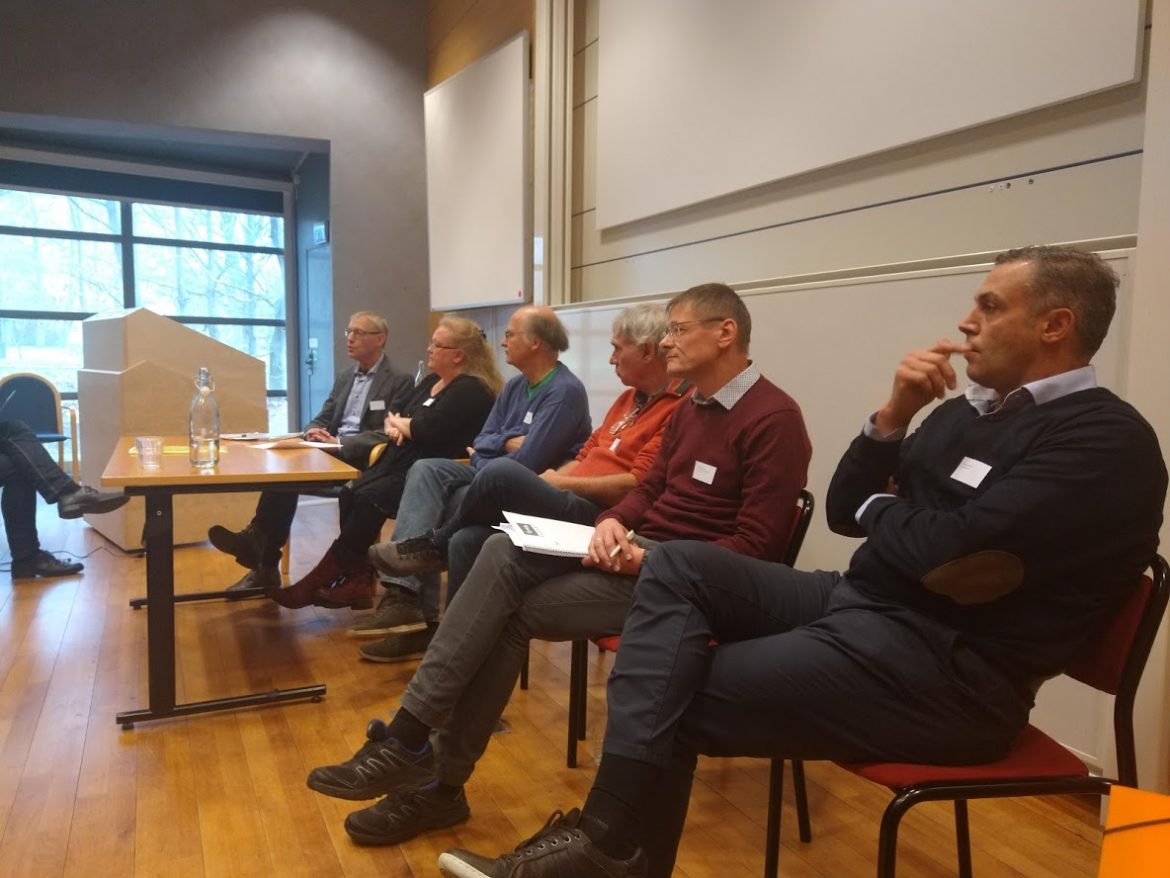During the first annual meeting a panel discussion was led by NordPlant’s coordinator Erik Alexandersson on the future phenotyping in the Nordic countries. The panel had representatives from Nordic academia working with plant phenotyping and the Nordic plant breeding companies.
The small size of the plant phenotyping community in the Nordic countries as well as the comparable low level of funding was the first topic of the discussion. As Carl-Otto Ottosen from Aarhus University pointed out: “…sometimes collaboration with other facilities is more cost-effective than having your own.” This also referred to the possibilities for Nordic researchers to collaborate through the European initiatives, such as EPPN. Stefan Jansson at Umeå Plant Science Center who just has inaugurated a new phenotyping facility specializing in handling trees pointed out their active collaboration with European partners at the same time as adopting it to the Nordic needs in their work establishing this new facility. Bo Gertsson from Lantmännen lifted that one way to connect better to European initiatives is to focus on breeding partners. This could also excel breeding for Nordic conditions.
One important objective for Nordic phenotyping could be a clear focus on phenotyping in field conditions. Morten Lillemo at NMBU stressed that a future goal here would be to be able to manipulate the conditions in the field to be able to look at the influence and contribution of different factors such as drought in a multi-stress environment.
Regarding the current challenges with adapting to more high through-put plant phenotyping plant breeder from Graminor, Muath Alsheikh said “how will we make sense of all the data…it is coming in faster than I can analyze it.” There was a general consensus regarding the data handling bottleneck.
Kristiina Himanen, leader of the Finnish NaPPI facility at University of Helsinki, brought up the great advantage of being able to study time course series for improved understanding of plant processes. So even if data handling is increasingly challenging with increased amount of data there is a treasure at the end of the rainbow, i.e. to use automation to be able to capture more fine-grained data for a more comprehensive interpretation of plant responses.
One important question was what the rather small community in the Nordic countries should focus on? One option raised by the panel was to go for niche phenotyping for high-value crops and plant-based products – high-value phenotyping. From the audience Laura Jaakola from University of Tromsö stressed the possible focus on local food production and collaboration focused on quality as a possibility. And maybe there could be a closer collaboration between forestry and crop breeding research should move towards closer collaboration, Bo Gertsson suggested. Here maybe phenotyping could act as a bridge between the two.


